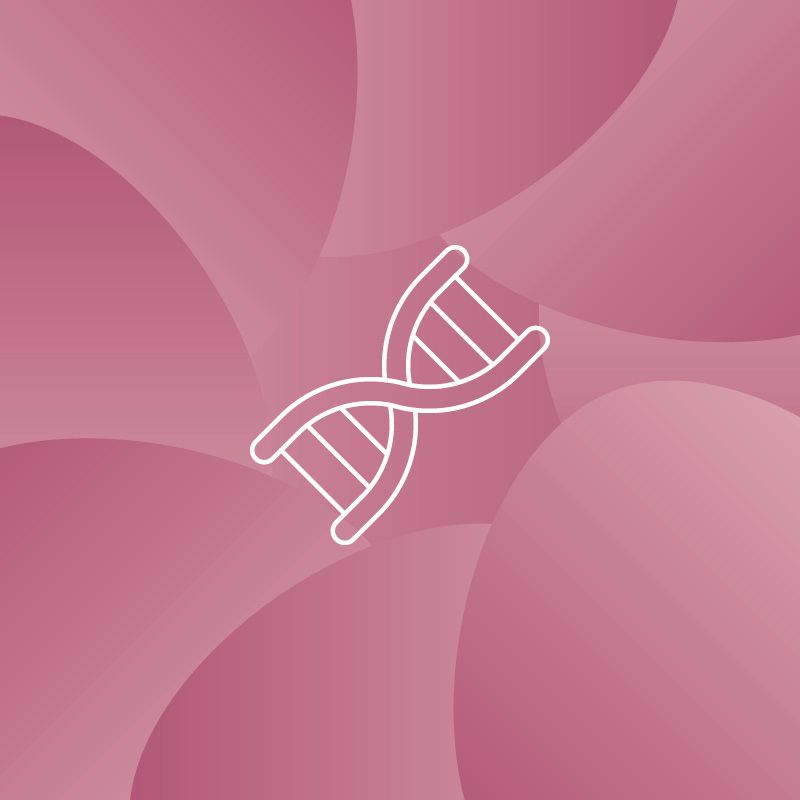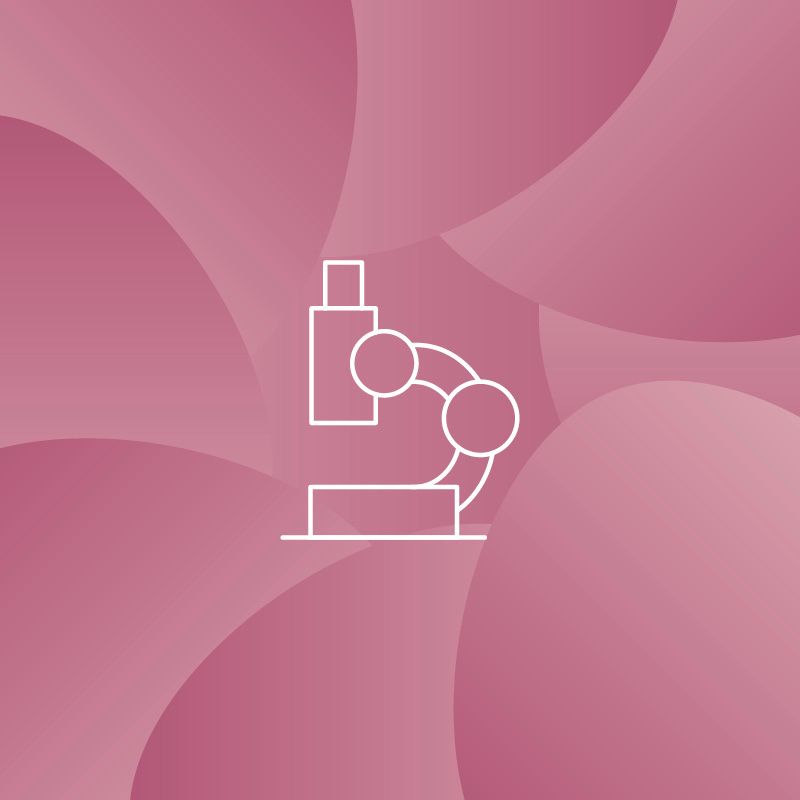
Individual treatment methods - tailored to your breast findings and wishes
In our breast consultation, we offer you individual treatment concepts for all benign breast changes. With state-of-the-art imaging, gentle procedures and targeted and well-tolerated accompanying measures, we ensure that you quickly feel comfortable and confident again.
Mastodynia
Chest pain or tightness. Occurring on one or both sides.
Cyclical: about one week before menstruation. Caused by hormonal fluctuations in the menstrual cycle.
Cycle-independent: often caused by dilated milk ducts (ductasia) and fibrocystic changes or musculoskeletal problems. The most precise clarification is recommended.
Treatment options:
- Supporting bra
- Anti-inflammatory drugs (NSAIDs) or parcatamol
- Heat or cold compresses
- Lifestyle adjustment, e.g. caffeine reduction.
- Hormonal regulation with progesterone gel
- Ultrasound checks and selective therapies
- Herbal preparations (e.g. monk's pepper)
- Local progesterone treatment
Fibrocystic mastopathy
Harmless tissue change in the breast in which connective tissue thickens (fibrosis) and small, fluid-filled cysts form. The cause is a hormonal imbalance between oestrogen and progesterone. It mainly affects women of childbearing age (30-50 years).
Cycle-dependent feelings of tension, swelling and easily displaceable lumps, which are more pronounced shortly before the period, are typical.
Treatment options:
- Supporting bra
- Anti-inflammatory drugs (NSAIDs)
- Warm compresses
- Lifestyle adjustment, e.g. caffeine reduction.
- Hormonal regulation with monk's pepper or progesterone gel
- Ultrasound checks and selective therapies
Nipple secretion
Nipple discharge is the leakage of fluid from the nipple and can have many different causes - both harmless and requiring treatment.
Frequency and forms:
Nipple discharge often occurs in women of childbearing age and is usually benign. The fluid can be milky, clear, yellowish, greenish, bloody or purulent.
Diagnostics: The diagnosis is usually made by physical examination, ultrasound (sonography) and, if necessary, mammography. If hormonal causes are suspected, a blood test may be useful. Sometimes a secretion analysis and ultrasound-assisted diagnostics are necessary.
Treatment options:
The treatment depends on the cause.
- Observation for harmless secretion
- Hormonal regulation
- Targeted and gentle surgery (=ductal resection) for persistent and disturbing secretions
Cysts
Fluid-filled cavities, often palpable as bulging, painful lumps.
Treatment options:
- Ultrasound-guided relief puncture for feelings of tension or pain
- Regular follow-up checks
Fibroadenoma
Benign, displaceable lump of connective and glandular tissue that usually remains painless. Mostly occurring in young women.
Treatment options:
- Follow-up by ultrasound
- Gentle surgery for growth or pain
Papilloma
Benign cell proliferation in the milk ducts, which appears as a small, wart-like thickening. Often with clear or bloody discharge from the nipple.
Treatment options:
- Surgical removal in a short, gentle procedure
Inflammations
Mastitis puerperalis (during breastfeeding):
Painful inflammation with redness, swelling and fever.
Treatment options:
- Breast emptying with breastfeeding/pumping,
- Anti-inflammatory medication
- Targeted antibiotics
- for abscesses (accumulation of pus): Ultrasound-guided puncture or surgical drainage
Mastitis non-puerperalis (outside the breastfeeding period):
Requires careful clarification to rule out inflammatory breast cancer.
Treatment options:
- Antibiotics
- Anti-inflammatory medication
- Prolactin inhibitors
- Cooling
- Gentle abscess drainage, if necessary
Online appointment booking
Would you like an appointment? It's quick and easy with our online booking tool - we look forward to hearing from you!
Learn more
Here you will find further information on the Senology department.




